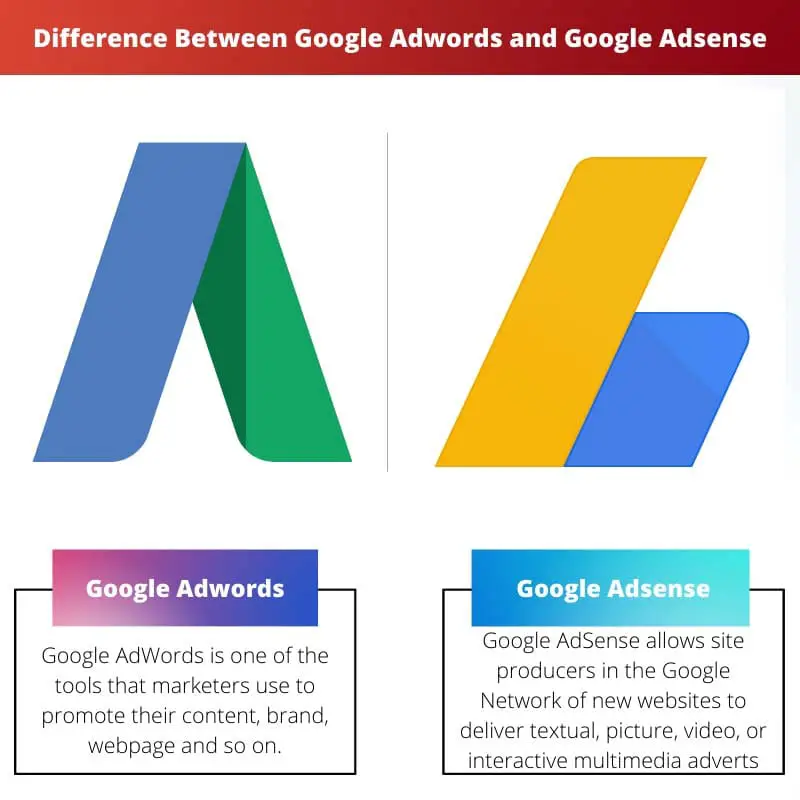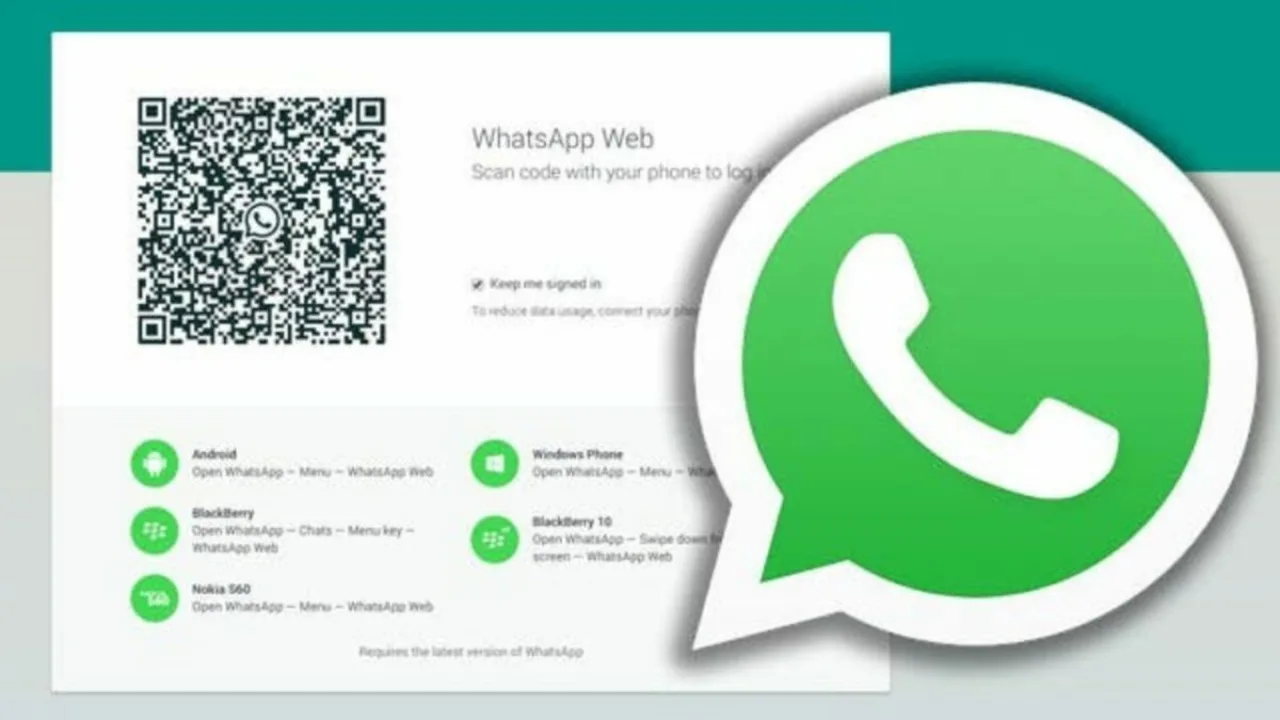Google AdWords (now Google Ads) is a platform for advertisers to create and manage paid search campaigns to promote products or services. Google AdSense is a program for website owners to display ads on their sites and earn revenue when visitors interact with the ads. AdWords is for advertisers, while AdSense is for website publishers.
Key Takeaways
- Google AdWords allows businesses to create and display ads, while Google AdSense enables website owners to earn revenue by displaying ads.
- AdWords focuses on advertisers’ needs to drive website traffic, whereas AdSense caters to publishers wanting to monetize their content.
- AdWords charges advertisers based on cost-per-click (CPC) or cost-per-impression (CPM), while AdSense pays publishers a percentage of the revenue generated by ads displayed on their websites.
Google Adwords vs Google Adsense
Google AdWords is a platform for businesses to create and run ads on Google’s search results pages triggering their ads to appear when someone searches for those keywords on Google. Google AdSense is a platform for website owners to display ads on their websites and earn money from clicks.

Google AdWords is one of the tools that marketers use to promote their content, brand, webpage, and so on online, using specific keywords to generate traffic or leads.
It is a type of short marketing copy with phrases shown on Google web pages, companies, and the public (referred to as publishers) once their content matches the criteria and keywords.
On the other hand, Google AdSense is a Google program that allows site producers in the Google Network of new websites to deliver textual, picture, video, or interactive multimedia adverts relevant to the website and content and readership.
Google manages, sorts, and maintains these adverts. They can earn money on a per-click or per-impression premise.
Comparison Table
| Feature | Google Ads (Formerly AdWords) | Google AdSense |
|---|---|---|
| Purpose | Pay-per-click advertising platform where businesses bid to display ads on Google search results, websites, and apps. | Free program that allows publishers to display targeted ads on their websites and apps, earning revenue when users click on them. |
| Target audience | Businesses of all sizes looking to reach new customers and drive website traffic. | Website and app owners looking to monetize their content. |
| Cost | Businesses pay cost-per-click (CPC) based on their bids and ad quality. | Publishers earn revenue based on a cost-per-click (CPC) or cost-per-impression (CPM) model. |
| Control | Advertisers have high control over their ad targeting, budget, and appearance. | Publishers have limited control over the specific ads displayed, but can choose ad categories and block specific ads. |
| Setup and difficulty | Requires more technical setup and knowledge of online advertising to create and manage campaigns effectively. | Relatively easy to set up and requires minimal technical knowledge. |
| Best suited for | Businesses with specific marketing goals and budgets, looking for targeted results at a cost. | Website and app owners with consistent traffic who want to earn passive income. |
| Examples | Text ads, display ads, video ads, app install ads, etc. | Display ads, native ads, matched content ads, video ads, etc. |
What is Google Adwords?
Google AdWords, now rebranded as Google Ads, is an online advertising platform developed by Google. It allows businesses and advertisers to create and manage paid advertising campaigns to promote their products or services on Google’s vast network, including search engine results, websites, and various digital platforms.
How It Works
- Campaign Creation: Advertisers set up campaigns, specifying the advertising goals, budget, and target audience.
- Keyword Selection: Advertisers choose relevant keywords for their ads to appear when users search for specific terms on Google.
- Ad Creation: Engaging text, images, or video ads are crafted to attract the target audience, adhering to Google’s ad policies.
- Bidding System: Advertisers bid on keywords, competing for ad placement in Google’s search results or on partner websites.
- Ad Placement: Ads are displayed to users based on the relevance of the keywords, bid amount, and quality score, determined by the ad’s historical performance.
- Payment Model: Google AdWords operates on a pay-per-click (PPC) model, meaning advertisers pay only when users click on their ads.
Key Features
- Targeting Options: Advertisers can target their audience based on demographics, location, interests, and device types.
- Ad Extensions: Additional information, like site links, callouts, and contact details, can be included to enhance ad visibility and engagement.
- Performance Tracking: Robust analytics tools enable advertisers to monitor and optimize campaign performance, adjusting strategies as needed.
- Budget Control: Advertisers have control over daily and overall campaign budgets, allowing for effective cost management.
- Ad Rank: Determined by bid amount, ad quality, and relevance, Ad Rank influences an ad’s position in search results.

What is Google Adsense?
Google AdSense is an online advertising program developed by Google that enables website owners to monetize their content by displaying targeted ads. It serves as an intermediary between advertisers and website publishers, allowing the latter to earn revenue through ad placements on their platforms.
How Google AdSense Works
1. Ad Placement
Website owners sign up for Google AdSense and integrate ad code into their web pages. Google then analyzes the content and displays relevant ads based on the site’s niche and user demographics.
2. Ad Auctions
Advertisers bid for ad space through Google Ads, and the highest bidder’s ad is displayed on the publisher’s site. Advertisers pay per click (CPC) or per thousand impressions (CPM), and revenue is shared between Google and the website owner.
3. Contextual Targeting
AdSense uses contextual targeting to match ads with the content on a webpage. This is achieved by analyzing keywords, page topics, and user behavior to ensure that the displayed ads are relevant and likely to be of interest to the site’s visitors.
4. Revenue Generation
Website owners earn revenue when visitors interact with the ads, either by clicking on them or viewing them (impressions). AdSense provides a source of passive income for publishers, making it a popular choice for bloggers, content creators, and small website owners.
Key Features of Google AdSense
– Customization
AdSense offers various ad formats, sizes, and styles, allowing publishers to customize the appearance of ads to blend seamlessly with their website’s design.
– Performance Tracking
Publishers can track the performance of their ads through the AdSense dashboard, which provides insights into clicks, impressions, and revenue. This data helps optimize ad placements for better results.
– AdSense for Search
Apart from display ads, AdSense for Search allows website owners to integrate a custom Google search bar on their site, earning revenue from ads displayed on search results pages.
– Policy Compliance
To maintain quality and user experience, Google enforces strict policies regarding ad content, placement, and website quality. AdSense accounts must adhere to these guidelines to avoid penalties or account suspension.
Main Differences Between Google Adwords and Google Adsense
- Purpose:
- Google AdWords (Google Ads): Designed for advertisers to create and manage paid advertising campaigns, allowing them to promote products or services through various channels like search, display, and video.
- Google AdSense: Geared towards website owners and publishers, enabling them to display ads on their sites and earn revenue based on user interactions with the ads.
- Users:
- Google AdWords (Google Ads): Used by advertisers who want to reach a specific audience by bidding on keywords and creating targeted ad campaigns.
- Google AdSense: Used by website owners and publishers seeking to monetize their online content by displaying relevant ads and earning revenue from clicks or impressions.
- Role in the Ad Ecosystem:
- Google AdWords (Google Ads): Positions advertisers to bid for ad space, create ad campaigns, and manage their advertising budget to drive traffic and conversions.
- Google AdSense: Serves as an intermediary that connects advertisers with website owners, allowing the latter to earn income by displaying ads on their platforms.
- Focus:
- Google AdWords (Google Ads): Focuses on the creation and optimization of paid advertising campaigns to achieve specific marketing objectives.
- Google AdSense: Focuses on providing a platform for website owners to passively monetize their online content by displaying ads relevant to their audience.
- Payment Structure:
- Google AdWords (Google Ads): Advertisers pay for ad placements based on various models such as cost-per-click (CPC), cost-per-thousand-impressions (CPM), or cost-per-acquisition (CPA).
- Google AdSense: Publishers earn revenue when users interact with ads on their websites, either through clicks (CPC) or impressions (CPM).
- Control and Customization:
- Google AdWords (Google Ads): Gives advertisers control over their ad creatives, targeting options, and budget allocation for campaigns.
- Google AdSense: Provides website owners with customization options for ad formats and styles, allowing them to integrate ads seamlessly into their site’s design.
- Target Audience:
- Google AdWords (Google Ads): Targets advertisers and marketing professionals looking to promote products or services to a specific audience.
- Google AdSense: Targets website owners, bloggers, and content creators seeking to generate revenue by displaying ads relevant to their site’s content.





